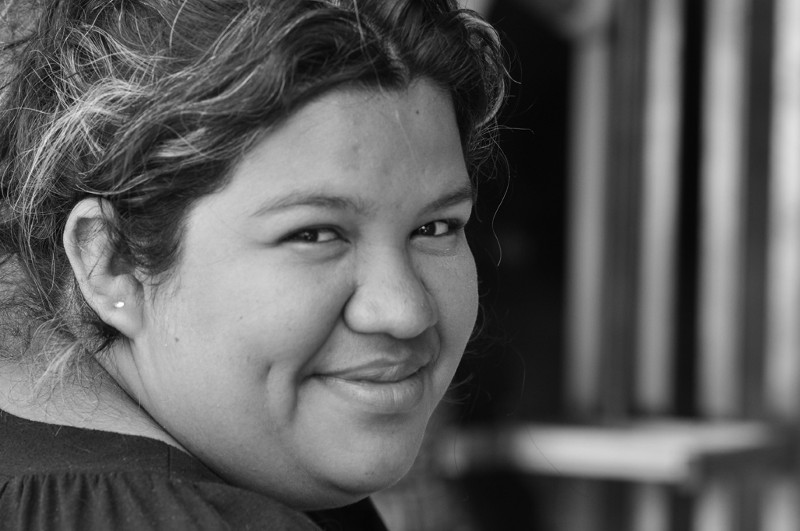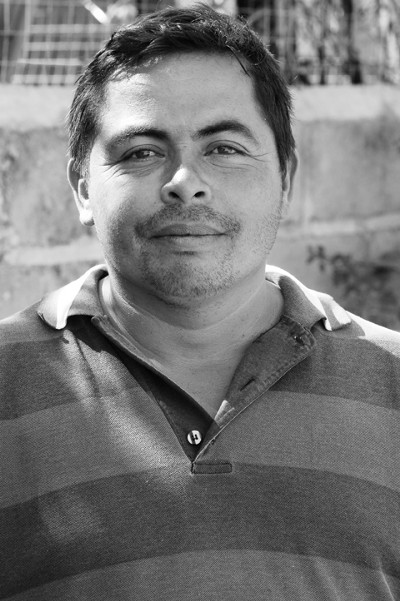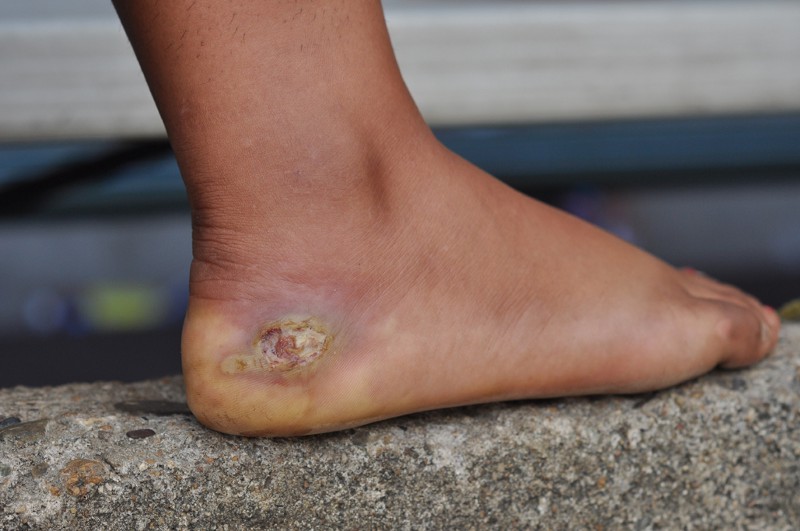by Joseph Sorrentino


Ezequiel is a Honduran I met in 2012 in Hermanos en el Camino, the shelter in Ixtepec, Oaxaca, where he was staying for a few days. He’d worked for several years in Florida as a housepainter before being deported and he was making his way back. In those days, the majority of Central Americans rode the cargo trains collectively called La Bestia (The Beast) and that’s what Ezequiel had been doing.
Because he spoke English, he served as my guide at the shelter and often helped me with interviews. We got along well but I thought he spent an awful lot of time complaining about the shelter — about how they didn’t serve enough chicken one night, or how crowded the dorms were. I stayed at the shelter for a couple of weeks and while it was no four-star hotel, I know the staff there did the best they could with very little support.
One night we were sitting outside and he seemed different to me; maybe more subdued. I don’t remember what we were talking about initially but when he started talking about La Bestia it was like he tapped into something different. Maybe some sort of wisdom. I remember him sitting there, just looking off into the distance and talking. “That train,” he said, “it destroyed a lot of people…killin’, cuttin’ off their legs, arms…They call that train The Beast. That’s in the Bible. Maybe that train is what they’re talkin’ about. I don’t know. I don’t have no religion. They say there’s a God but no one knows where he is. For sure he’s not on The Beast.”
Later, in my room, I wrote down what he’d said as well as I could remember it. When I got up the next morning, Ezequiel was gone.

One day I rode in a van with several staff from the shelter in Oaxaca to the shelter in Chahuites. We arrived after dark and I found myself immediately surrounded by people who wanted to tell their stories. Isamel was one of them. A 24 year-old Honduran, she had an almost constant smile, which I found amazing since she’d fled her home two weeks earlier and had been walking almost the entire time since then. “Combis cost too much,” she said, explaining why she didn’t take the vans that people often take. She was traveling with her husband and a cousin and just outside of Arriaga, a city in Chiapas, they were robbed of all their money but she felt they were fortunate. “The important thing is they did not beat or rape.” Like many people I met there and in other shelters, she walked with a limp because her feet were blistered and some of the blisters had become infected. She said that, before arriving at the shelter, they’d walked for five days straight. I asked her how she could continue her journey when her feet pained her so much. “I do not care,” she said. “We are leaving. That is the spirit you must have.”
On my last day in the shelter, Isamel asked me for a piece of paper and I tore a sheet out of the small notebook I carried with me. As I wrote some notes, she busied herself with drawing something. I didn’t pay much attention. When she was done she handed it to me. On one side is a drawing of a puppy and on the other, a flower. Both sides have “Para Pepe” on them, Pepe being a nickname for José. When I got back home, I tacked the drawing to a corkboard in my office where it still is, almost three years later. I look at it almost every day and wonder about what may have happened to her although I’d rather not.

José y María
José and María approached me my first full day at Hermanos en el Camino. This was in 2012, when I knew very little about the journey through Mexico. They were from Honduras and, like the vast majority of Central Americans, were hoping to make it to the U.S. They were asking me for something but I couldn’t understand them — a combination of their accent and my Spanish, which is still a work in progress. So I went to get Michael, a Guatemalan I’d met the night I arrived. He’d spent fourteen years working in construction in Houston before being deported and his English was just about perfect. It turns out that José and María were asking for money to cross the border into the U.S. They needed $2,000 for the coyote and were hoping I could give it to them. Before I could answer, Michael kindly explained that I was there to help the shelter in general and couldn’t help individuals. They said they understood and thanked me for my time.
While we were talking, María stared at me, not saying much. In fact, she may not have said anything at all. She stared at me hard but not with anger. The only way I can describe it is she had a haunted look. When I looked at her, she’d quickly look away. I learned later that soon after they crossed into Mexico, they were robbed and she was raped. It’s generally agreed that more than half of all Central American women traveling through Mexico will be raped. Women are aware of this, so many get injected with Depo-Provera, a contraceptive. Shelters are aware of it as well and offer contraceptives, the so-called Morning After Pill and HIV testing. Many of the shelters are run by Catholic priests or nuns.
What I came to realize after many interviews is that it’s almost never just one man raping a woman; it’s almost always a gang rape. A woman may be held captive and raped repeatedly. She may be raped more than once while traveling through Mexico. But she doesn’t stop her journey. She doesn’t go to counseling. What she does is get back on La Bestia and continue.
**Joseph Sorrentino is a freelance photojournalist whose work has been published in In These Times, The Santa Fe Reporter, and *Commonweal. *View more of his work at: **http://www.sorrentinophotography.com/index.htm
Read more by Joseph Sorrentino Here, Here, and Here on IMM Print
Contact: joso1444@usa.net

